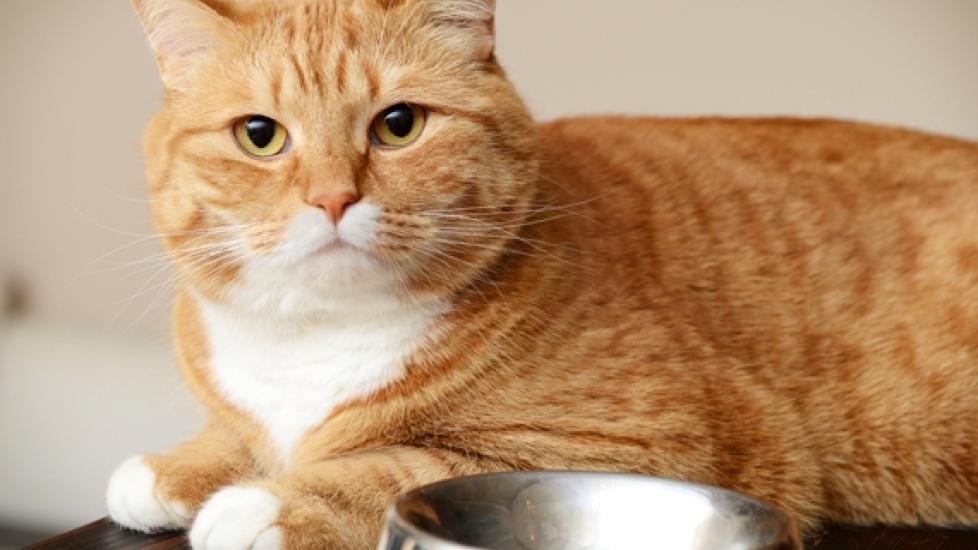Figuring Out Carb Levels in Cat Foods
Given the controversy surrounding carbohydrates in the diets of cats, you’d think it would be relatively easy to determine how many carbs a particular food contains, but that’s not the case.
Cat foods that adhere to the standards put forth by the Association of American Feed Control Officials (AAFCO) must provide certain information on their labels. This includes the diet’s minimum crude protein percentage, minimum crude fat percentage, maximum crude fiber percentage, and maximum moisture percentage. Note the absence of carbohydrates.
In the past, I haven’t been too worried about the lack of a reported number for carbs. After all, there are only a handful of nutrient categories from which a cat food can be made. Some labels include a maximum ash percentage (ash is essentially what is left after water and organic materials have been burned off — think minerals and the like). If that value is not included on the label, an estimate of 3 percent ash for canned food and 6 percent ash for dry is pretty reasonable. The only things left after protein, fat, fiber, moisture, and ash have been accounted for are the carbohydrates. Therefore, a little math should give us a food’s carb level.
Here’s an example. If a food’s guaranteed analysis looks like this:
Crude Protein (min): 12%
Crude Fat (min): 2.0%
Crude Fiber (max): 1.5%
Moisture (max): 80%
Ash (max): 3%
Its carb content is 100 – (12 + 2 + 1.5 + 80 + 3), or 1.5%.
Mathematically speaking this is correct. However, a new study raises doubts as to the worth of the crude fiber number included in the guaranteed analyses of cat foods. The number we really want to know is the diet’s total dietary fiber (TDF), not its crude fiber (CF). I’ll spare you the details, but suffice to say that the analytical methods used to determine CF miss several types of fiber, which means that when we rely on the carb formula above, we are probably overestimating the amount of carbohydrate a food contains.
As the authors of this particular study found:
Use of CF concentration, rather than TDF concentration, to estimate the carbohydrate concentration on an ME [metabolizable energy] basis resulted in an estimate of carbohydrate concentration that was 21% (range, 3% to 93%) higher for all diets, 35% (range, 3% to 93%) higher for canned diets labeled for diabetes mellitus (5 veterinary and 3 OTC diets), 28% (range, 13% to 45%) higher for dry diets labeled for diabetes mellitus, 12% (range, 8% to 25%) higher for canned diets labeled for obesity, and 17% (range, 13% to 30%) higher for dry diets labeled for obesity.
That kind of inconsistency makes it very hard to compare the carbohydrate levels of cat foods based on their current labels. Thankfully, the errors attributable to the reporting of CF rather than TDF lead to an over- rather than underestimation of a food’s carbohydrate percentage, meaning that most cat foods are probably lower in carbs than you think.
This all just goes to show the importance of an individual feeding trial. Find a cat food that, according to its label and some math, appears to meet your cat’s needs, and then feed it for a month or so. If your cat’s health is good or heading in the right direction, stick with it. If not, don’t be afraid to make a change.

Dr. Jennifer Coates
Reference
Total dietary fiber composition of diets used for management of obesity and diabetes mellitus in cats. Owens TJ, Larsen JA, Farcas AK, Nelson RW, Kass PH, Fascetti AJ. J Am Vet Med Assoc. 2014 Jul 1;245(1):99-105.
Image: Master-L / Shutterstock
